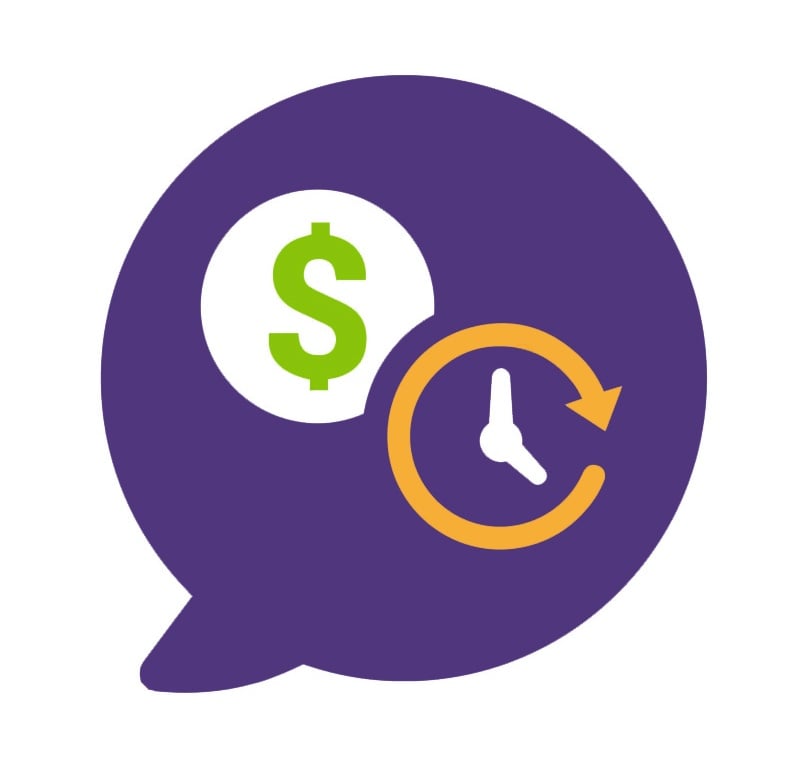Retirement Plan Investments & Participant Communications
A retirement plan’s investment menu and the communication campaign are probably the two most visible aspects of any retirement plan from the participants’ perspective. They can go a long way in shaping perceptions of the plan as anything from a valuable company-provided benefit to just another confusing waste of time. People like to crack jokes about those of us on the compliance side of the equation speaking in code sections and acronyms, but the investment side of the equation has plenty of its own – things like 408(b)(2), 3(21) vs. 3(38), QDIAs, and target date funds – all references that are meaningless to the average plan participant.
Participants want ease of use in their investment selection. If choosing the right investments was easy, there would not be tens of thousands of professionals who have made a career of helping other people make those choices. A 30-minute group enrollment meeting or a short one-on-one call is not going to turn the average plan participant into the next Warren Buffett. On hearing about target-date funds at an enrollment meeting years ago, a participant asked what he thought was a really important question, “I don’t prefer Target. Are there any that invest in Wal-Mart instead?” That’s a true story. Yet, many plans are setup to require participants to make complicated investment decisions for what is their largest source of retirement savings.
Investment Selection
How is the selection process made easy? This is where the expertise of an investment professional who has experience with retirement plans is invaluable, because there is not a one-size-fits-all solution. Plan fiduciaries are required to make all decisions and selections in the best interest of participants and beneficiaries. That does not mean trying to construct an investment menu to please each individual participant or offering options (such as real estate or self-directed brokerage accounts) that cater to just one or a select few participants. It means constructing a menu designed to help the participant population as a whole reach their realistic retirement objectives.
An experienced investment professional is not only knowledgeable with respect to following a prudent due diligence process in selecting funds, but he or she is also familiar with different options and when they may or may not fit.

- How many individual funds should be included in the lineup?
- What asset classes should be included?
- Should the plan offer risk-based portfolios so that participants do not have to make individual fund selections? If so, should they be offered in addition to or in lieu of a lineup of individual funds?
- Do age-based, e.g. target date, funds make sense?
- Are participants knowledgeable enough to manage their own self-directed brokerage accounts or would that just set them up for failure?
- Is the investment menu the appropriate place to experiment with trendy investments like Bitcoin?
An experienced investment professional can take a critical look at these questions to determine the answers for each client. But all of that is only a part of the equation, a potentially small part at that. A study from a few years ago concluded that asset quality and asset allocation combine to drive only 22% of retirement success, while a participant’s rate of savings came in at 74%. And yet, most plan fiduciaries prioritize both asset quality and allocation above helping participants understand how much they should be saving.
How do participants know how much to save? Many investment advisors and/or recordkeepers can generate retirement projection reports, customized to each participant based on his or her current account balance, contribution, and investment information. Participants, either on their own or working with the plan’s advisor, can often use these reports to see how current changes to savings rate will impact their projected retirement savings over time. These types of tools used to be exclusive and expensive, but they are now much more accessible to plans of all sizes.
Service Provider Selection
That brings us to the due diligence process in selecting the investment professional and recordkeeper that will help with this analysis and implement the selections that are made.

- Does the advisor make investment recommendations leaving it to the plan sponsor to make decisions (referred to as a 3(21) fiduciary) or does s/he actually make the investment decisions on the sponsor’s behalf and provide backup documentation (a 3(38) fiduciary)?
- Does the advisor work just with the plan sponsor (to construct the investment menu), with participants to help them select the options that are best for them, or both?
- Does the advisor get compensated via fees or commissions?
Based on plan sponsor surveys we have reviewed, participants enjoy having access to their investment advisor on demand (or ability to schedule appointments) to help them with their retirement planning and investment selection. They do not like to hear that the investment decision is solely theirs.
The specific services to be provided as well as the corresponding fees can vary widely, but they will ultimately be documented in a service agreement. When considering an investment professional to assist with the selecting investment options and creating a participant communication campaign, it is critical to know what you are receiving for the fees you are paying.
If you’re ready to make a service provider decision, give us a call first and learn how DWC’s retirement plan experts can benefit your business.



















